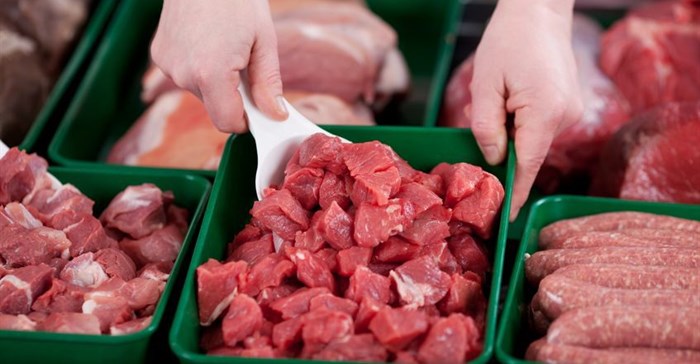Retail stores generally are high-traffic areas and with the outbreak of Covid-19 for retailers and food producers, food safety remains a concern, especially keeping production lines and preparation areas uncontaminated.
With talk of retailers and shopping malls being one of the super spreaders, their other concern is making sure their shop is consumers’ first choice and adopting the highest health and safety standards to prevent the risk of contamination is the first step.
“South Africa’s standards of food safety for the food production industry have evolved to a point that most of the steps required to safeguard consumer safety are in place,” says Emma Corder, managing director of industrial cleaning products manufacturer Industroclean.
Eliminating food contamination crises
The Compulsory Specification for Processed Meat Products introduced in 2019 is a direct result of the listeriosis outbreak and is aimed at eliminating further food contamination crises by setting out clear checks and balances for processed meat and manufacturing.
Any shop or butchery, including in-house butcheries in retail stores involved in the manufacturing of processed meat products for sale is regarded as a factory. All consumers want safer meat with high integrity supply chains. Building trust with consumers starts with understanding their values relating to meat and then aligning industry values to these. The same standards for commercial butcheries and food producers should apply to retailers’ in-house butcheries.
The rails used for transporting and storing meat, walk-in refrigerators, storerooms and cutting areas are all areas within an in-house butchery. With the exception of the walk-in refrigerators and storerooms, these areas are usually within customers’ view and should serve as additional incentive for retailers to keep this area clean and hygienic.
The equipment, specifically meat slicers can be the ideal area for food residue to build up and cause bacteria to grow. These bacteria can contaminate foods and cause foodborne illnesses. Meat slicers and cutting boards should be wiped down when switching meats or produce and should be fully cleaned once a day. Wipe down the blade from the centre outward with a soapy cloth. Rinse with hot water and a clean towel then sanitise and allow to air dry.
It is recommended that SANS-approved cleaning chemicals for food production are used as they are specifically formulated to dissolve grease, proteins, starch and other organic compounds.
Other ways to avoid cross-contamination in in-house butchery areas are:
• Food processing and handling staff should, at all times wear the necessary uniform such as food service coats, gloves, aprons, hairnets and masks,
• Implement a cleaning schedule for the food preparation space, detailing who cleans where, how they clean and with what they clean.
• Use colour coding to separate different areas, for instance receiving area, storage, process and cutting – the colour of the cleaning equipment must match the areas it can be used in.
• Use only SANS-approved cleaning chemicals.
• Ensure that two the two-step cleaning method is followed: degrease to remove any protein build-up and then disinfect to remove bacteria (or viruses) at a microscopic level.
• Clean display cabinets, refrigerator and storage room doors and preparation and cutting surfaces once a day applying the two-step cleaning method.
• Dispose of food waste regularly and correctly.
Hazard Analysis and Critical Control Point
The basic principles of a Hazard Analysis and Critical Control Point (HACCP) food safety management system should be applied, this requires that manufacturers and food preparation facilities identify potential hazards, where they may occur and how this can be controlled. They should then set limits that allow these hazards to be controlled at each critical point, and ensure these limits are properly monitored.
Applying the simple steps and covering all the bases outlined in HACCP guidelines for food manufacturing and production should, at the very least, ensure that bacterial infections are avoided.
Hygiene procedures and cleaning schedules are obviously a key part of this process, and a manageable way to ensure the minimum levels of compliance.



















